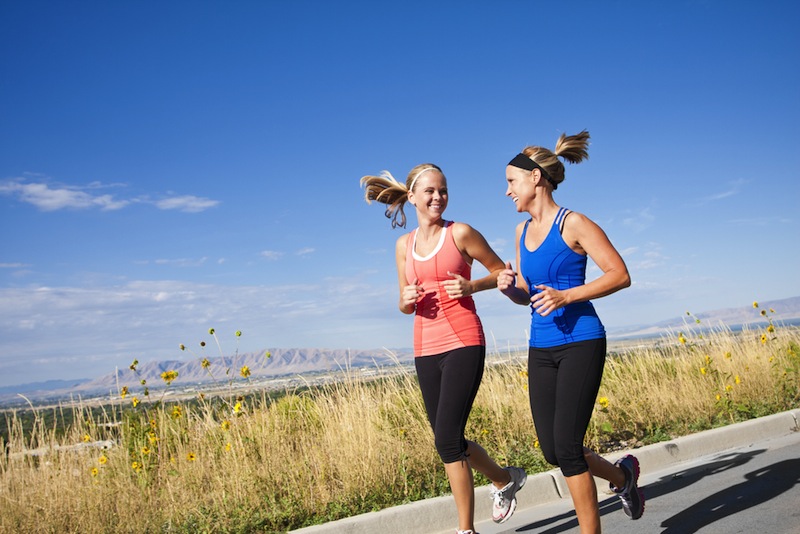
4 Easy Ways to Get More Exercise

Exercise is important for your health, and it's a crucial part of weight loss. Doing 30 to 60 minutes of physical activity per day is particularly helpful for keeping weight off once you've lost it, experts say. But finding ways to do that, and staying motivated to do it, is not always easy.
You don't have to do all your physical activity for the day at once, but you should aim to do at least 10 minutes of exercise at a time. Here are some tips for getting more exercise:
Pick an exercise you like
Some people start a new exercise regimen only to stop shortly afterward because it wasn't working for them. When this happens, it helps to take a realistic look at the barriers to exercise, said Wayne Miller, the programs director at the West Virginia School of Osteopathic Medicine's Center for Rural and Community Health, who has studied weight loss and exercise.
Often, people choose an exercise that they aren't comfortable with — for instance, they feel awkward at the gym, or dislike participating in sports. Picking a different activity that's more enjoyable for the person, like a Zumba class or swimming, might increase the chances that they'll stick with the exercise, Miller said.
And if specific skills are a concern, you might try picking an activity that requires minimum equipment, like walking, jogging or jumping rope, the Centers for Disease Control and Prevention says.
Exercise with friends
Sign up for the Live Science daily newsletter now
Get the world’s most fascinating discoveries delivered straight to your inbox.
If you need motivation to get moving, it may be helpful to recruit friends to exercise with you. Friends can provide encouragement and may help you stick with your exercise routine, according to the National Institutes of Health.
And social connections may make exercise more enjoyable — a 2013 study of more than 100 people who took short surveys on their mobile phone throughout the day found that those who were doing physical activity with their spouse, friends or co-workers at a given moment were happier, and enjoyed the physical activity more, compared with those doing physical activity alone.
Move more at work
Even during a busy workday, you can likely find time to get a little exercise in at work. You might consider taking a 10-minute walk during a coffee break, or walking around with a co-worker during a brainstorm session, rather than sitting at a conference table.
You could also walk around during business calls if you don't need to look at important documents, the American Heart Association says. Your commute to and from work is another opportunity for exercise — if you take public transportation, get off a stop earlier than you usually do and walk the extra distance, or take the stairs instead of the elevator to your office.
Move more at home
There are also a number of opportunities to squeeze in more exercise at home. Doing housework or gardening can count as exercise — mowing the lawn with a hand mower burns about 235 calories in 30 minutes, and vacuuming burns about 140 calories in 30 minutes, according to the Compendium of Physical Activities Tracking Guide from the University of South Carolina, which lists the calories burned during many different types of physical activity. [How Many Calories Am I Burning? (Infographic)]
You might also consider buying exercise equipment so you can work out while doing activities that would otherwise be sedentary, like watching TV. Equipment can be pricey, but it is a one-time expense and can be used by the whole family, the AHA notes.
This article is part of a Live Science Special Report on the Science of Weight Loss.
Folllow Rachael Rettner @RachaelRettner. Follow Live Science @livescience, Facebook & Google+. Original article on Live Science.

Rachael is a Live Science contributor, and was a former channel editor and senior writer for Live Science between 2010 and 2022. She has a master's degree in journalism from New York University's Science, Health and Environmental Reporting Program. She also holds a B.S. in molecular biology and an M.S. in biology from the University of California, San Diego. Her work has appeared in Scienceline, The Washington Post and Scientific American.
